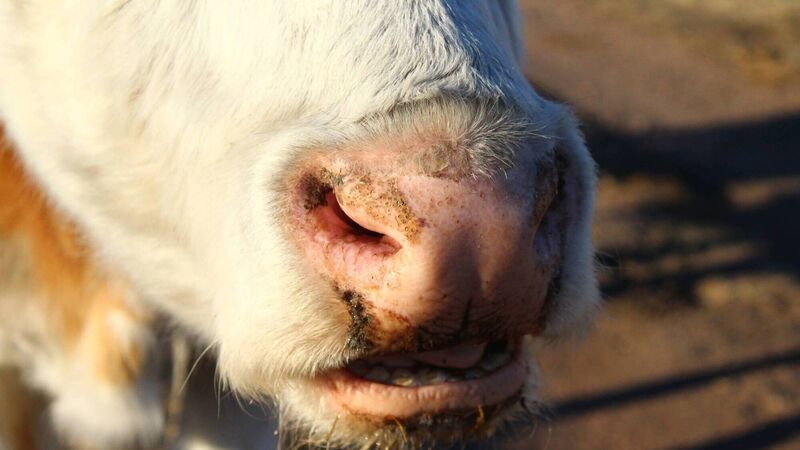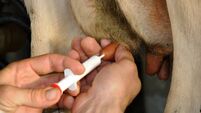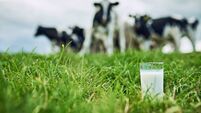Lungworm strikes again - 'Reinfection Syndrome' explained

Coughing is a tell-tale sign of Lungworm.
I am happy to report that the unwanted soundtrack of cows coughing in the parlour is no longer invading the usual serenity of milking. Now, it certainly wasn’t an instant overnight fix, as when it comes to Lungworm, it can take up to two weeks for signs to completely clear.
Whilst out TB testing this week, I heard one group of cows in particular start to cough. The farmer wondered why, despite their age, they were still being infected with lungworm. This is where my attempt at explaining “reinfection syndrome” began by the van and the reason behind a part two article on lungworm. A novel, “The Chronicles of the Lungworm,” would be a heavy read.













